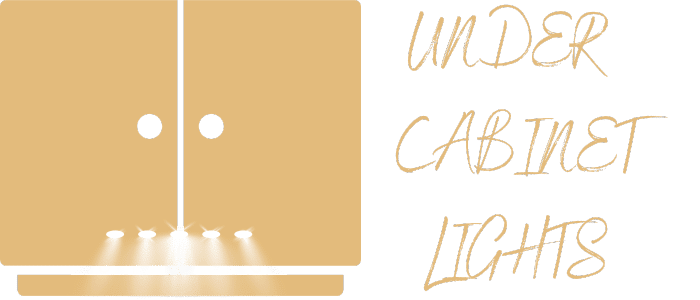As an individual who strives for both order and beauty in my space, I have often found myself pondering the eternal question: vertical or horizontal? When it comes to organizing shelves, this decision holds the power to transform not only the functionality of my belongings, but also the aesthetic appeal of my surroundings. It’s like choosing between the graceful dance of a tree swaying in the wind or the solid foundation of a sturdy brick wall. Each option has its own unique benefits and drawbacks, and it is up to me to find the perfect balance that aligns with my personal style and needs. So, join me on this journey as we explore the world of vertical and horizontal shelving, uncovering the secrets of organizing for both aesthetic pleasure and practicality.
Benefits of Vertical Shelving
One of the benefits of vertical shelving is that it maximizes storage space in a room. When it comes to space optimization, vertical shelving is a game-changer. By utilizing the height of a room, it allows for more items to be stored without taking up precious floor space. This is especially beneficial for those who desire a clutter-free environment and want to make the most of their living spaces. Not only does vertical shelving provide practicality, but it also adds visual appeal to a room. The tall, upright shelves create a sense of grandeur and elegance, making the space feel more organized and put together. Whether it’s displaying books, showcasing decorative items, or storing everyday essentials, vertical shelving is a practical and stylish solution for any room.
Drawbacks of Vertical Shelving
There are some drawbacks to using vertical shelving. While it has its benefits, like maximizing space utilization and creating an organized and aesthetically pleasing look, there are a few cons to consider. One major drawback is the limited accessibility of items placed on higher shelves. This can be challenging for individuals with limited mobility or shorter stature, making it difficult to reach and retrieve items without the use of a step stool or ladder. Additionally, vertical shelving can sometimes lead to wasted space, especially if the shelves are not adjustable. Tall and narrow items may not fit well, leaving empty gaps or forcing items to be stacked haphazardly. It is important to carefully consider these pros and cons before deciding on vertical shelving for your space.
Advantages of Horizontal Shelving
I prefer using horizontal shelving because it allows for easy access and maximum utilization of space. One of the advantages of horizontal shelving is its versatility. With horizontal shelves, you have the freedom to arrange items in various sizes and shapes without any restrictions. This makes it easier to organize your belongings and create a visually pleasing display. Additionally, horizontal shelving provides a sense of belonging as it allows you to showcase your personal style and interests. You can mix and match different items, such as books, photographs, and decorative pieces, to create a unique and personalized look. Furthermore, horizontal shelving maximizes the use of space by utilizing the entire width of the shelf. This means you can store more items and make the most out of your storage area. Overall, horizontal shelving offers advantages in terms of versatility and space utilization, making it a practical and aesthetic choice for organizing your shelves.
Disadvantages of Horizontal Shelving
While horizontal shelving offers many advantages, it does come with a few disadvantages to consider. One of the main drawbacks is that it may not be the most space-saving solution, especially in small rooms or tight spaces. Horizontal shelves tend to take up more floor space compared to vertical ones, limiting the overall area available for other furniture or activities. Additionally, horizontal shelving may not provide the best accessibility and visibility for items stored on the lower shelves. It can be challenging to reach and see items that are tucked away at the back, leading to frustration and potential disorganization. Therefore, when considering the overall functionality and efficiency of your shelving system, it’s important to weigh these disadvantages against the aesthetic appeal and other advantages that horizontal shelving may offer.
Choosing the Right Shelving Style for You
To determine the most suitable shelving style for your needs, consider your organizational preferences and storage requirements. If you have limited space, incorporating shelving in small spaces can be a game-changer. One option to consider is floating shelves, which have gained popularity in recent years. The pros of floating shelves include their sleek and modern design, easy installation, and the ability to display items without the need for bulky brackets. However, it’s important to consider the cons as well. Floating shelves may not be as sturdy as traditional shelving units and have weight limitations. Additionally, they can be more difficult to clean and may require regular maintenance. Ultimately, the choice between vertical and horizontal shelving styles depends on your personal taste, available space, and the items you need to store.
Conclusion
In conclusion, when it comes to organizing shelves for both aesthetic appeal and functional use, the choice between vertical and horizontal shelving ultimately depends on personal preference and the specific needs of each individual. While vertical shelving offers benefits in terms of space-saving and visual appeal, horizontal shelving provides easier access and versatility. Consider your storage needs, available space, and desired aesthetic to make the right choice for your shelving style.
